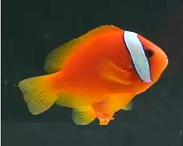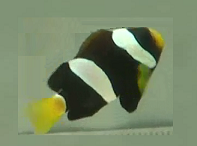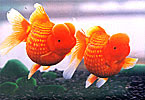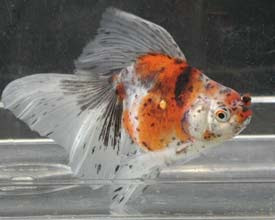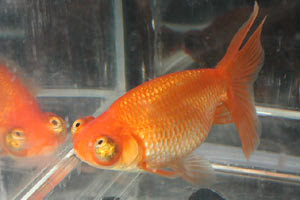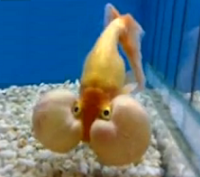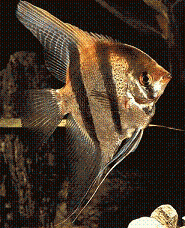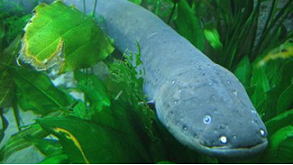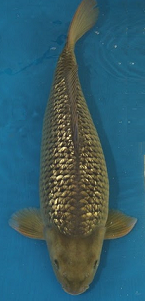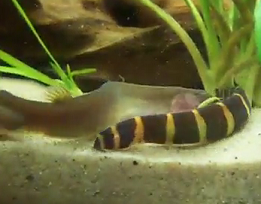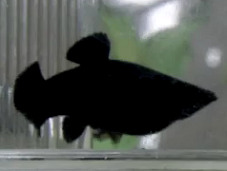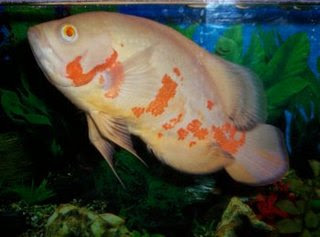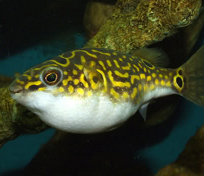Starting Up: Fill bowl about 2/3 full with room temperature (65o-75o) tap water. If you are not certain of temperature, let water stand at least one hour before adding fish. Bottled Drinking Water (NOT distilled, R/O, Mineral or any of the fancy stuff, just the plain old water you get in gallon jugs at the supermarket) is also suitable and convenient. Add chlorine neutralizer if using new city water. Gravel and decorations are optional.
Plan Ahead: Set aside water now for next cleaning. Fill a clean glass or plastic container and store uncovered - ready to be used as needed. This water will not only be chlorine free but will be of similar temperature. If you are using Bottled Drinking Water, that may be stored covered in its original container.
Fish Selection: The best bowl fish by far is the “Siamese Fighting Fish” or Betta. They stay small, are slow moving, and don’t have a lot of wander-lust, so small quarters suit them just fine. Their only real limitation is temperature, which should ideally be in the mid-70’s. Guppies and White Clouds are probably the next best choices.
Goldfish? Goldfish are often selected for “goldfish bowls” not because they are well suited, but because they are often very tolerant of abuse. Healthy goldfish will outgrow even a large bowl very quickly, and stunting them by keeping them in cramped, dirty quarters is certainly not to be recommended.
Stocking: Generally, one two-inch fish should have at least a gallon of water, although a solitary Betta seems content in even a smaller bowl. The smaller guppies and White Clouds should be kept no more than two fish per gallon.
Feeding: Don’t feed fish their first night in their new home. Fish may be fed once or twice daily, but in very small amounts. Most small fish eat all they can in a minute or two, and any food left uneaten will only foul the water.
Cleaning: If not overfed or overcrowded, a properly stocked fish bowl will need to be cleaned once to twice a week. Gently pour the fish and old water into another clean container. Scrub and rinse bowl, gravel and decorations - use no soaps or detergents! Fill with “ready” water from above ready” water from above or proceed again from “starting up”. Use a small aquarium net to transfer fish back from the temporary container.
Postlude: In recent years, clever marketers have managed to find a way to make a fish bowl even less likely to succeed. A few small fish, snails and aquatic plants are sold in cute little acrylic containers as a "balanced" system that requires no care - not unlike the common High School experiment that eventually shows just how unbalanced such systems are. Sold mainly in mass-merchandise and discount stores, it can only be hoped that this fad will pass as quickly as possible.



